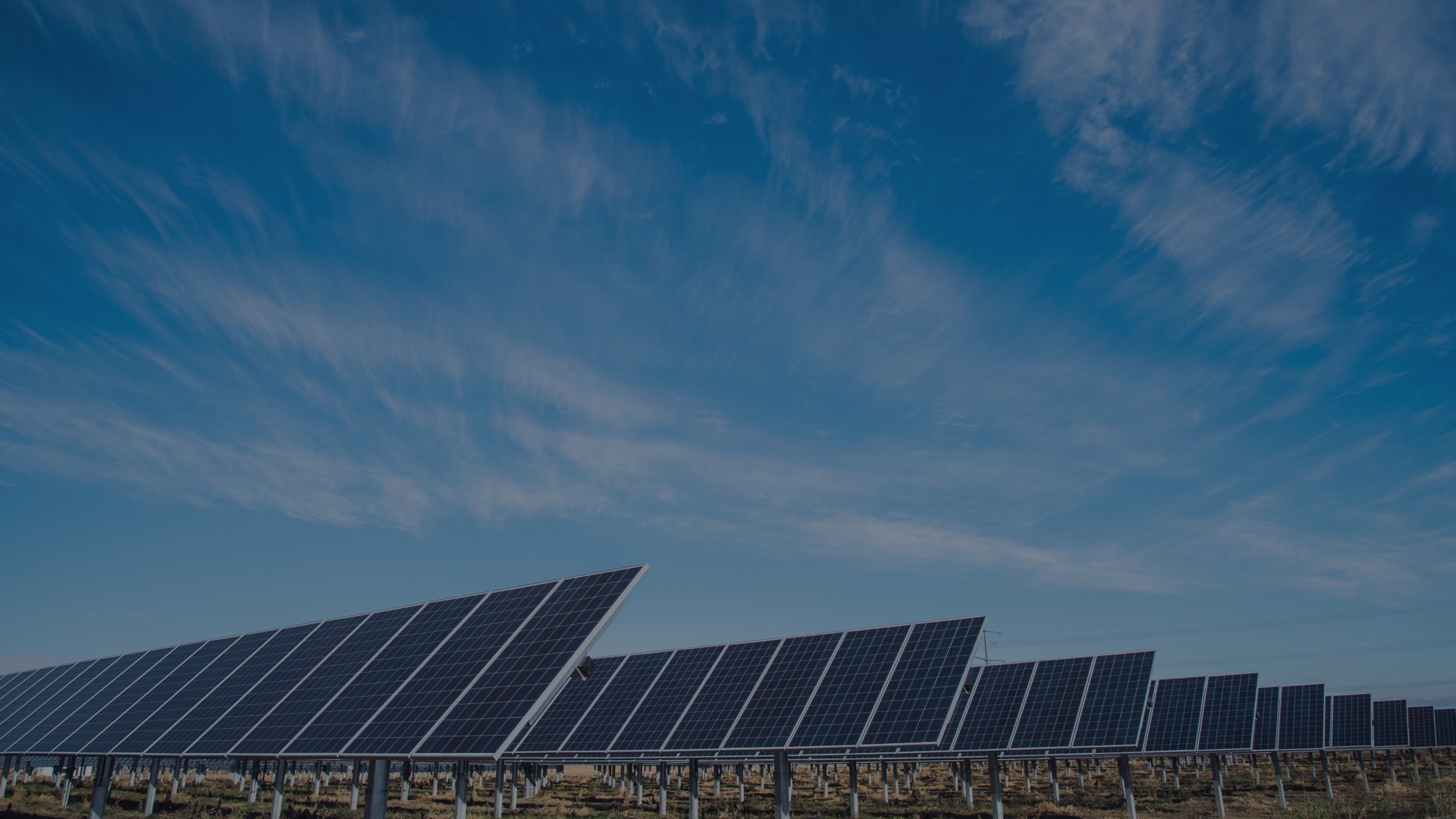Researchers are finding new ways to make solar power cells out of plastic — creating electricity-generating materials you could print on a sheet of paper, stick onto your windows, have painted on your house, or even wear on your back. They say plastic power could go commercial in just a few years.
Most people think of solar cells as the large arrays of dark, glassy squares that provide electricity for the international space station, the Hubble Space Telescope and earthbound solar-power pioneers trying to break their reliance on the power grid. But when it comes to 21st-century photovoltaics, the trend is heading toward a thinner, cheaper breed of solar cell.
The state of the art in solar power involves flexible thin-film sheets of laminated semiconducting material that can convert 20 percent to 35 percent of the sun’s energy into electricity. The problem with thin-film cells is that they’re still relatively expensive to manufacture, requiring clean rooms and vacuum chambers.
Several teams of researchers are trying a completely different approach, using plastics spiked with exotic inorganic materials like buckyballs or nanorods. Such materials could be mixed up like paint or ink, then sprayed or silk-screened onto a surface in combination with flexible electrodes.
“We use a much dirtier process that makes it cheap,” said A. Paul Alivisatos, a chemistry professor at the University of California at Berkeley and a researcher at Lawrence Berkeley National Laboratory.
One path of power
Alivisatos and two colleagues, Wendy Huynh and Janke Dittmer, describe the process in Friday’s issue of the journal Science. It’s not yet ready for prime time, since the solar cells achieved efficiencies of only 1.7 percent and produced only about 0.7 volts of electricity. But the researchers believe they’re just beginning to follow a trail that could lead to the next generation of portable power.
| A photomicrograph shows a jumble of nanorods within a layer of organic polymer. The rods measure 7 nanometers in diameter and 30 nanometers in length. One nanometer is a billionth of a meter, roughly 100,000 times smaller than the diameter of a human hair. |
The Berkeley team created a blend of organic polymers and an assortment of two types of nanorods — clusters of cadmium selenide molecules that looked like grains of rice but measured only 7 or 60 nanometers in diameter. The nanorods were designed so that they absorbed particular wavelengths of light and converted them into electrical current. The key was the shape and orientation of the nanorods, Alivisatos said.
“Because the electron mobilities are higher in the rods, we can make a lot of improvement over time,” he told MSNBC.com. “Usually, the efficiency will end up being related to how good the mobility is in these materials.”
That’s what gives Alivisatos hope that the Berkeley breed of solar cells will eventually approach the 10 percent efficiency level required for a commercially viable product, by using a standard toolbox of engineering tricks.
Eventually, the material, which “looks like a tinted car window that has a brownish-orangish tinge to it,” could be sprayed onto glass, stuck on a briefcase, even plastered onto clothes for wearable electronics, he said.
“I don’t know if the color would look so great” for clothing, he joked. “It may be a design feature.”
Inkjet electronics
Another team at the University of Arizona is using a similar approach to plastic solar cells, employing carbon-based buckyballs — exotic molecules that look like spherical cages — rather than the Berkeley team’s nanorods.
Each team is familiar with the other’s work. Alivisatos said his research was following in the Arizona team’s footsteps, while Ghassan Jabbour, an optical sciences professor at Arizona, told MSNBC.com that Alivisatos’ work was “excellent … it’s another variation of doing photovoltaics.”
| This light-emitting image of a woman was printed on a sheet of plastic using an inkjet printer loaded with an organic electronic material. The University of Arizona experiment was conducted by Professor Ghassan Jabbour and one of his students, Yuka Yoshioka. |
“By no means is one approach better than the other,” said Jabbour, whose findings have been published in Applied Physics Letters. “The fact that none of them has shown more than 5 percent efficiency shows that there is a lot of work to be done.”
Nevertheless, Jabbour is optimistic that he’s also on the right trail. He says his plastic solar cells have achieved efficiencies of more than 2 percent, and his team recently demonstrated an inkjet-printing system that could spray a light-emitting layer onto an electrically conductive surface. The experiment produced self-illuminated images, printed on plastic — but the same principle could be applied someday to create electronic circuits on paper, glass or clothing.
Such techniques could dramatically lower the cost of solar cells in the next five years or so, Jabbour said.
“You can make them by the mile and sell them by the inch,” he said.
Jabbour said the first applications would involve “short-term, light-emitting devices or other types of microelectronics that would only require very low power”: for example, paper-thin disposable pagers, watches, calculators, perhaps even a small, head-mounted computer.
But he also dreams of the day when curtains and wallpaper could be coated with power-generating plastic.
“I would like to make a window or a curtain so that one side can be photovoltaic and the other side is a light-emitter,” he said. That way, the tinted window could soak in the sunlight during the daytime, then light up the room at night, he said.
“It’s pretty exciting stuff we’re doing here,” Jabbour said.
